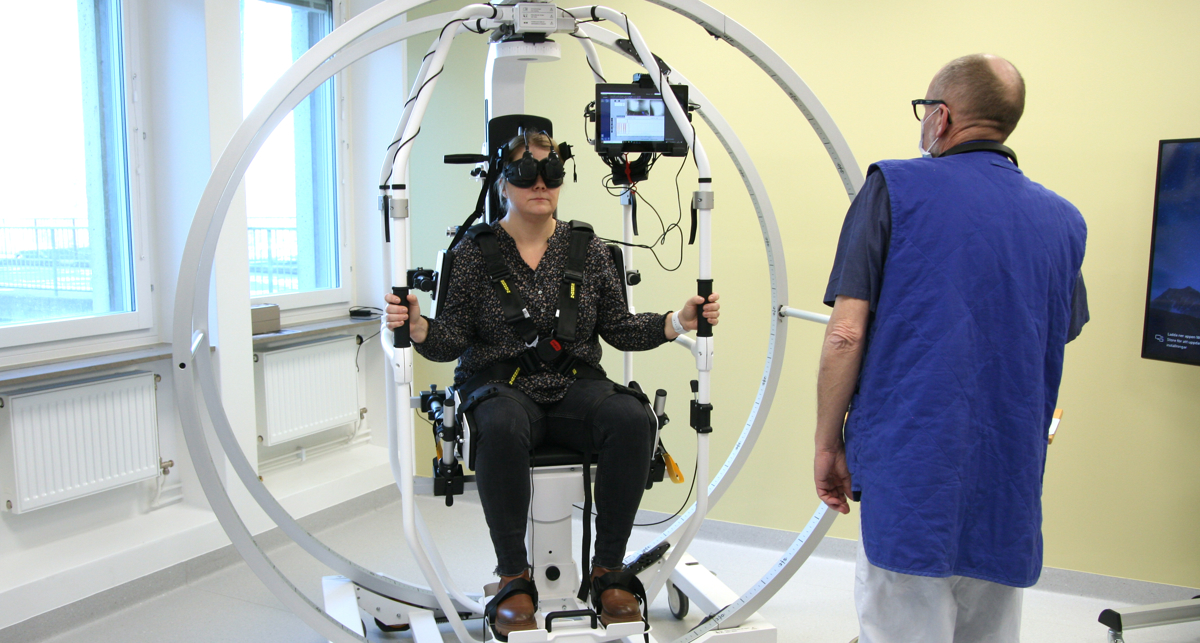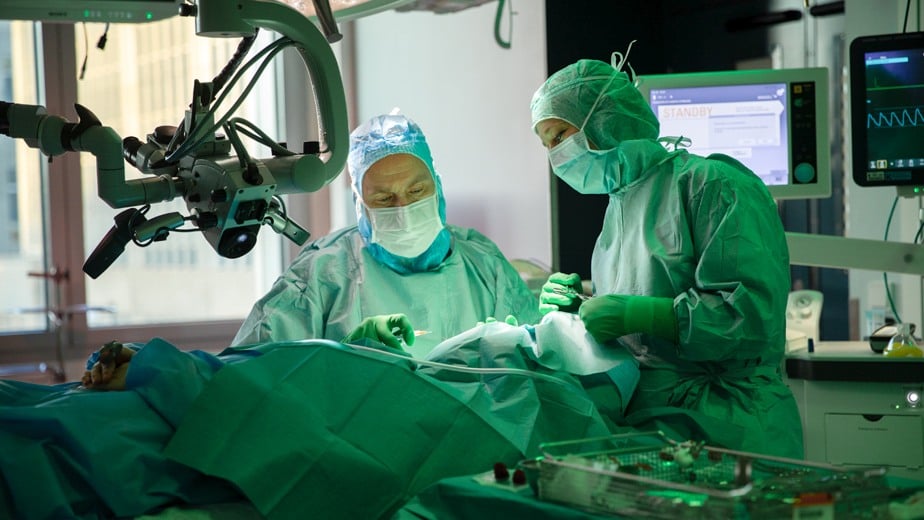Hearing and Dizziness Disorders
We not only evaluate the balance function of adults, but have also developed and validated a child-friendly balance assessment, helping us to screen the balance pathways in infants and newborns"

Ear, nose and throat diseases (ENT)
Patients treated at Karolinska are often the first to benefit from the latest technologies and therapies. ENT
Request medical treatment
More information on who can request a medical second opinion or treatment at Karolinska.
Continue

Center
Offering a complete ear and hearing care package from a multi-professional team.